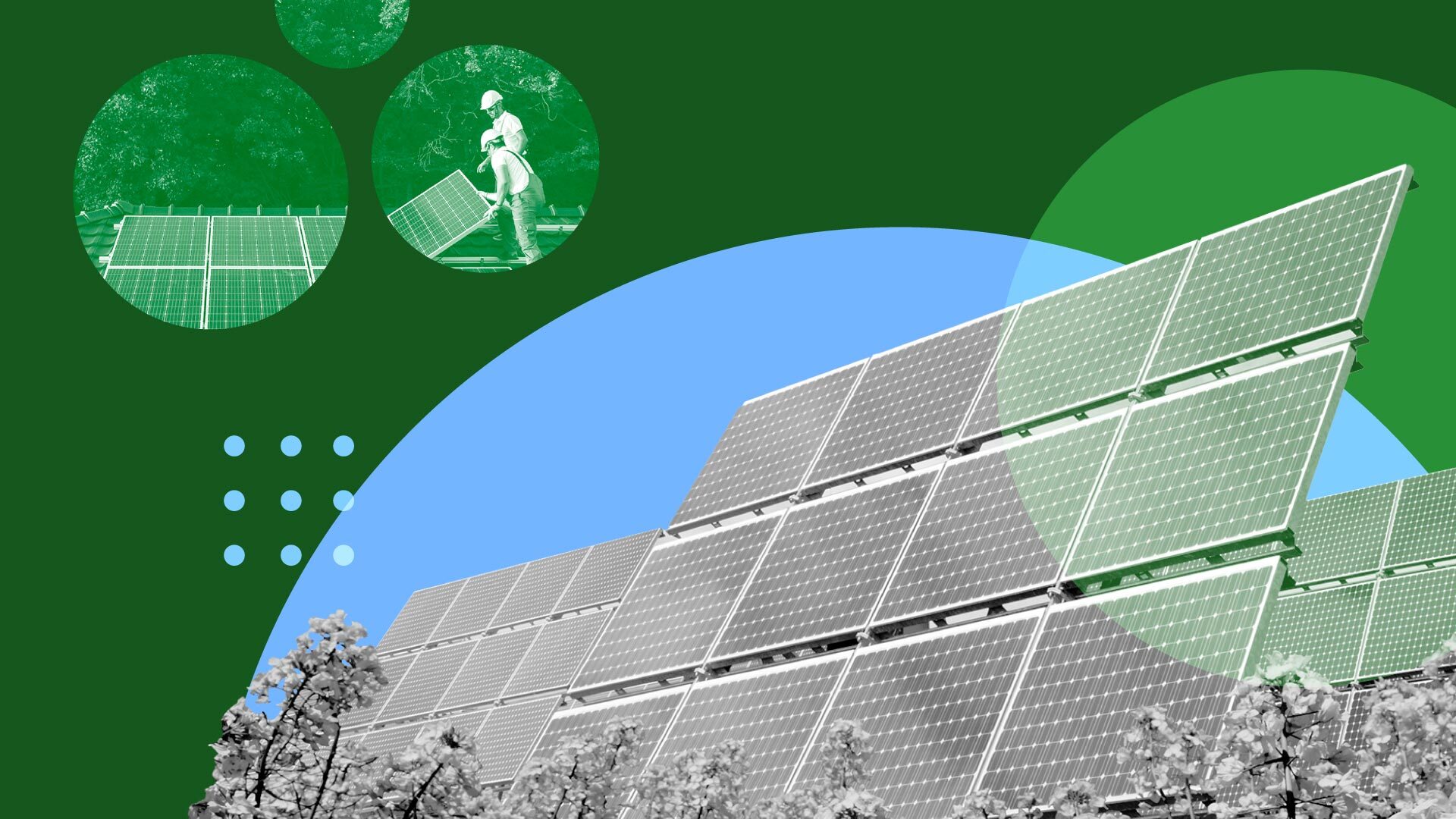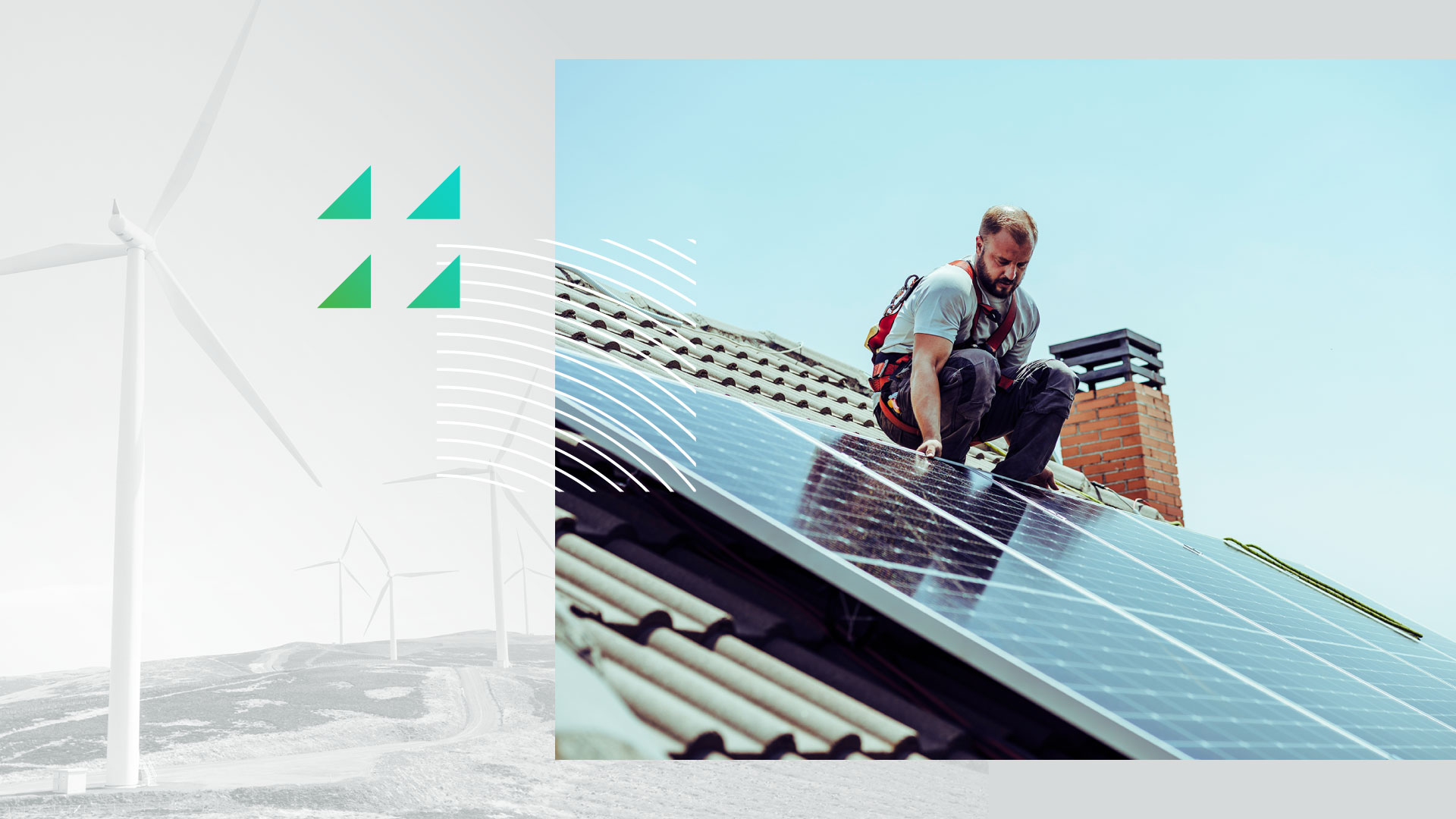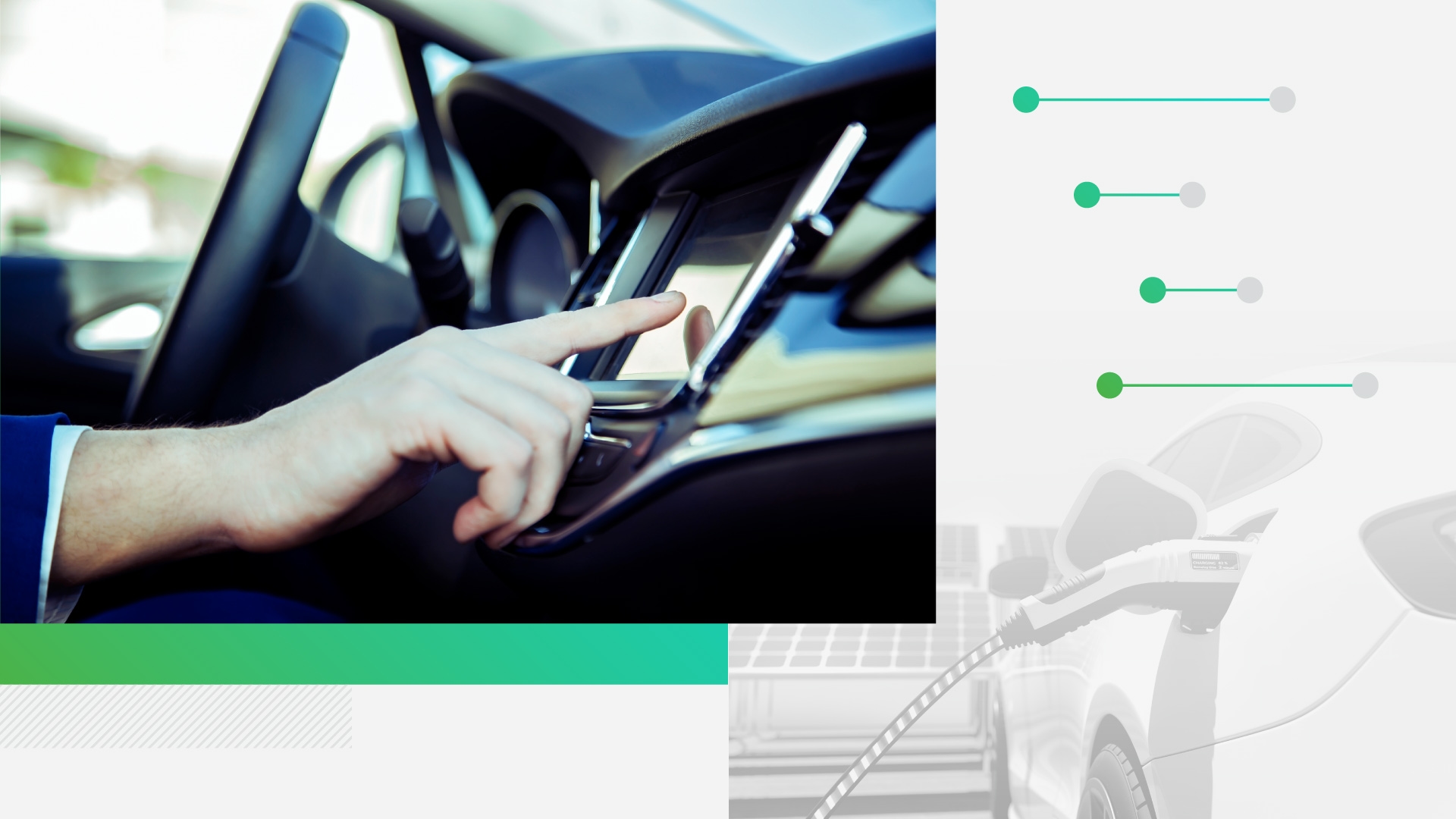Energy
High Upfront Costs Are the Top Barriers to Solar Panel Adoption, Despite Interest to Save on Bills

Key Takeaways
Among consumers who said they were considering installing solar panels in the next 10 years, more than 4 in 5 said they were considering them as a way to lower their electric bills.
Despite widespread interest, many consumers without solar panels said upfront installation costs are keeping the energy systems out of their reach.
Lowering the upfront costs of solar panel installations will drive faster adoption of rooftop solar systems. As consumers become more aware of funding opportunities through agencies like the Energy Department and the Environmental Protection Agency, which are already working to fund projects that will help lower those costs, more solar adoption is likely to follow.
Data Downloads
With robust sample sizes, Morning Consult’s public opinion data can be analyzed by specific demographics, such as gender, generation, political party, income, race and more. Please contact [email protected] to purchase this data.
Core inflation may be cooling, but the same can’t be said for consumers’ electric bills. According to the U.S. Energy Information Administration, residential electricity prices rose by 5% in 2022 after adjusting for inflation, and the agency forecasts costs will only fall slightly in 2024 compared to this year.
One way consumers could cut energy costs permanently is by installing solar panels, but they require large investments of $25,000 on average to start. And while installation costs have fallen over the last decade, they’re still too steep for many consumers. About 3 in 5 (62%) U.S. adults who do not currently own solar panels said they don’t have them because they are too expensive to install.
As the Biden administration aims to have 40% of the nation’s electricity come from solar by 2035, local governments and the industry alike must pay attention to what is stopping consumers from making the switch to solar energy.
High installation prices, upfront costs are major barriers to residential solar panel adoption
Upfront costs are a major sticking point for consumers without solar panels in general, but for those who say they are interested in putting solar panels on their property in the next 10 years, those shares are slightly higher.
Costs Hold Back Potential Solar Panel Buyers
But price isn’t the only concern those two groups share. At least a third of both demographics said they do not have solar panels installed at their homes because they’re concerned about potential roof damage, and almost half think they’re too expensive to maintain.
Despite these barriers, there is some good news for the industry. Rooftop solar panels only work on homes that have the right conditions for them, and consumers who are considering installing solar panels are more likely to say they live in a home that supports the energy system.
Saving money is a major driver for considering solar panel installations
Despite these concerns, solar energy is becoming more common. According to the EIA, U.S. rooftop solar grew to 39.5 gigawatts in 2022, up from 7.3 GW in 2014. There are plenty of reasons for the recent rise in rooftop solar installations, but higher electricity prices are a major one, and something that will likely continue to drive interest in the renewable energy source.
Morning Consult data shows that lower electric bills are the main reason why those interested in solar panels are considering installing them within the next decade.
Potential Solar Panel Buyers Most Enticed by Cheaper Electricity Bills
But, financial benefits aren’t the only motivator for these consumers. Most of the potential buyers said they’re interested in solar panels because they’re environmentally friendly and they want to use less fossil fuels to heat their homes.
Specific demographics at scale: Surveying thousands of consumers around the world every day powers our ability to examine and analyze perceptions and habits of more specific demographics at scale, like those featured here.
Why it matters: Leaders need a better understanding of their audiences when making key decisions. Our comprehensive approach to understanding audience profiles complements the “who” of demographics and the “what” of behavioral data with critical insights and analysis on the “why.”
More than 3 in 4 consumers considering solar panel installations over the next 10 years also cite the potential for solar battery storage to help during localized power outages as a reason for choosing the energy system. This makes sense given weather-related events caused about 83% of all major reported outages between 2000 and 2021, according to data from Climate Central — a figure that is likely to increase in the coming years as climate change makes inclement weather more frequent and severe.
Many consumers are intrigued by community solar projects
Even with myriad reasons for rooftop solar installations, they still might not be the right choice for plenty of Americans, specifically those who rent, which is why “solar for renters,” or community solar developments, might be the answer.
More than half of consumers overall said they would be interested in receiving electricity from community solar projects, which draw energy from solar arrays on large plots of land.Interest was high among millennials and urban residents, which could be target demographics for future community solar parks that operate on a subscription basis.
Half of U.S. Adults Would Be Interested in Using Community Solar
While community solar only produces energy for less than 1% of total households, according to the Solar Energy Industries Association, new federal incentives like the Environmental Protection Agency’s Solar for All program will help drive their development. Community solar installed capacity did take a hit last year, declining by 16% amid supply chain issues and delays, but the national market is expected to double by 2027, according to research firm Wood Mackenzie.
Community solar can help bridge the gap for consumers who want renewable energy, but better financing options for residential rooftop systems could also boost installations
There’s still a lot of work to be done to convince more consumers to install solar panels and meet the Biden administration’s ambitious renewable electricity goals. And while prices have fallen significantly over the last decade, an inflationary environment has made it more difficult for consumers to justify large investments and long-term commitments in residential solar panel systems.
The most obvious answer to increasing the number of rooftop installations is simply lowering upfront costs, although that is easier said than done in a market that is facing supply chain issues. More financing options, like the ones funded through the Department of Energy, will help cover some of the upfront cost of the systems for those with lower credit scores. Plus, the solar panels would still be eligible for a tax credit come tax season, providing an additional incentive for consumers.
Community solar parks are another key way to introduce more consumers to renewable energy, but with less of an upfront cost burden. While these types of developments are currently limited, they should receive a boost from the EPA’s Solar for All program. Once those are up and running, more consumers, particularly those in lower-income communities, can take full advantage of a clean and more affordable renewable energy to power their homes.
Julia Martinez previously worked at Morning Consult as an energy & auto analyst on the Industry Intelligence team.


